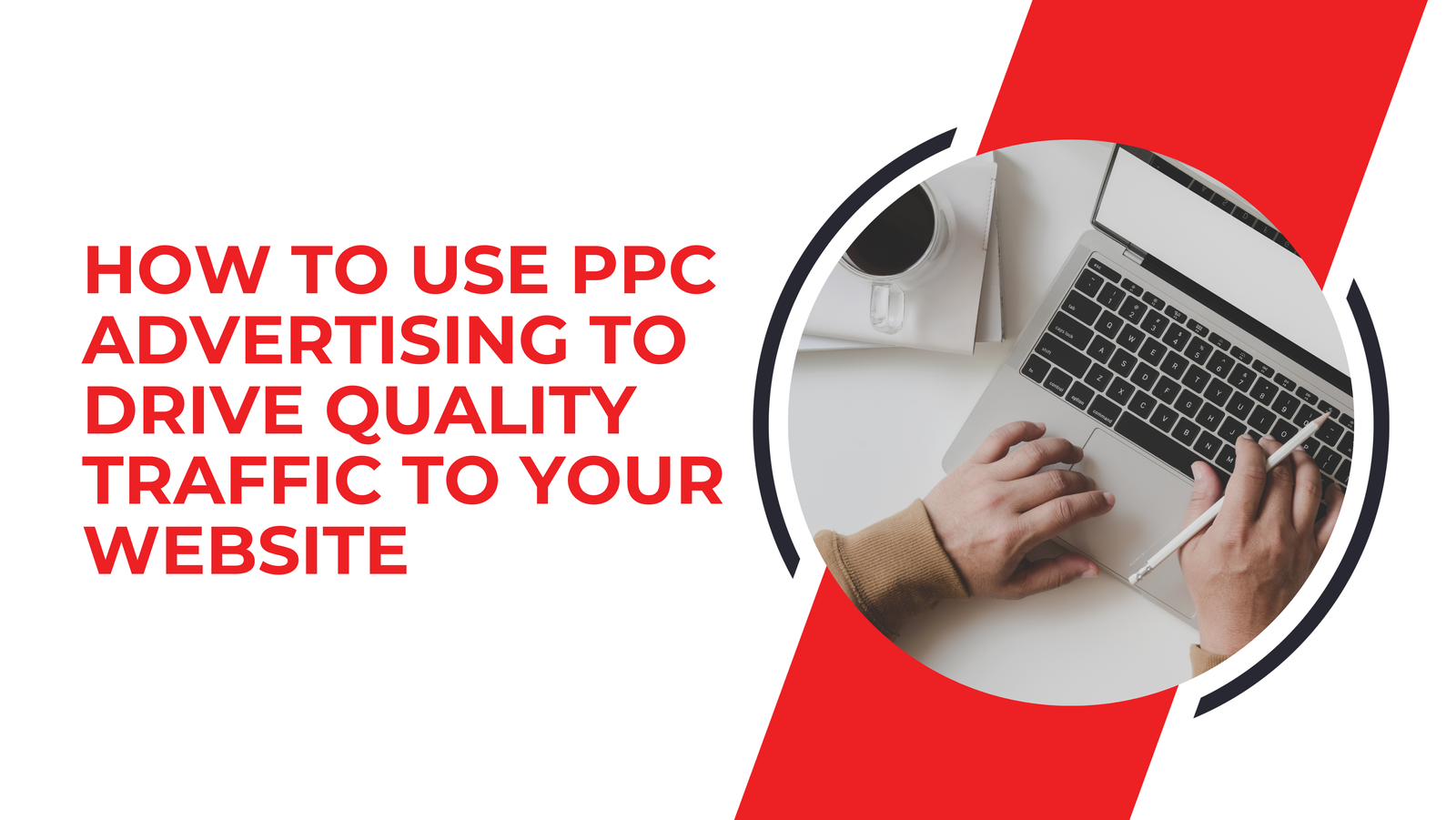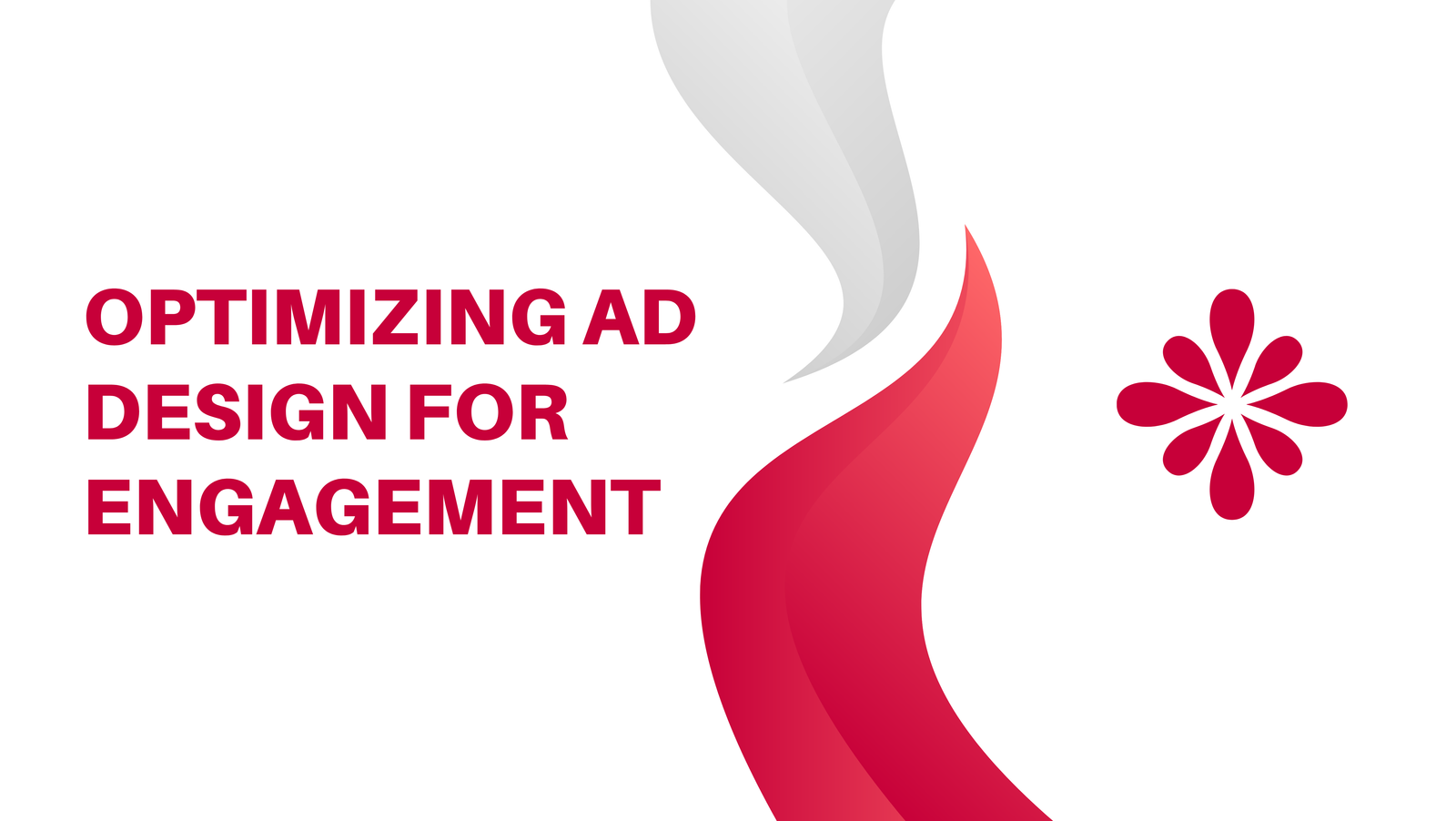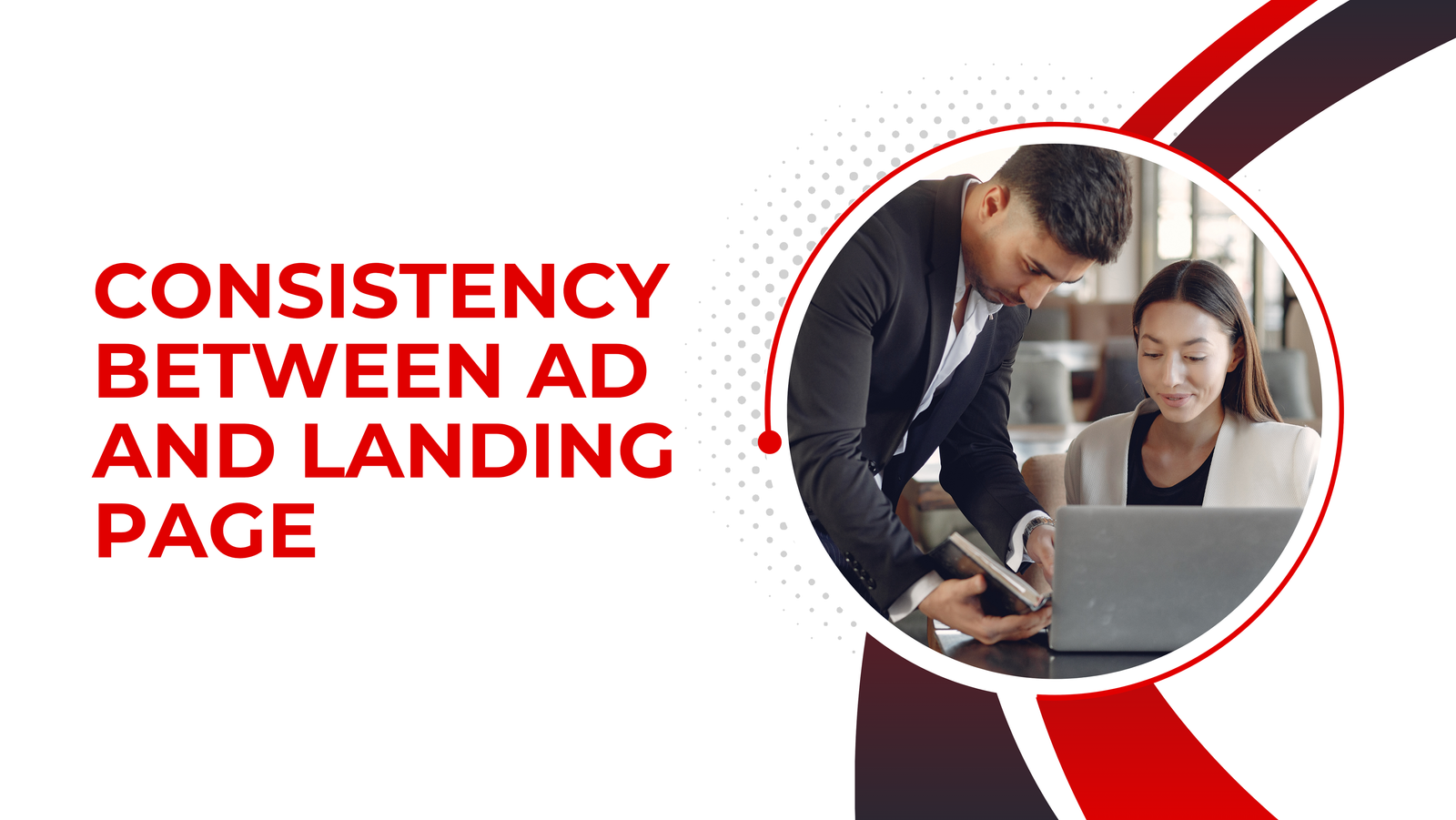
One of the best strategies to rapidly increase targeted traffic to your website is through Pay-Per-Click (PPC) advertising. It allows companies to connect with prospective clients who are actively looking for their goods or services. However, in order to get the most out of PPC, you must comprehend how it operates, optimize your campaigns, and steer clear of typical errors. Let’s get started and see how PPC advertising might increase the amount of high-quality visitors to your website.
Table of Contents
- 1 Table of Contents
- 1.1 What is PPC and How Does It Work?
- 1.2 The Core Components of PPC
- 1.3 Why PPC Matters for Your Business
- 1.4 Benefits of PPC Advertising
- 1.5 Control Over Budget and Ad Spend
- 1.6 Targeted Advertising to Specific Audiences
- 1.7 Setting Up a PPC Campaign
- 1.8 Choosing the Right Platform
- 1.9 Setting Your Goals and KPIs
- 1.10 Creating Effective PPC Ads
- 1.11 Using Keywords Strategically
- 1.12 Optimizing Ad Design for Engagement
- 1.13 Understanding Keywords in PPC
- 1.14 Keyword Research Tools
- 1.15 Choosing High-Intent Keywords
- 1.16 Targeting the Right Audience
- 1.17 Behavioral and Interest-Based Targeting
- 1.18 Budget Management in PPC Advertising
- 1.19 Understanding Bidding Strategies
- 1.20 Tracking and Measuring PPC Performance
- 1.21 Key Metrics to Focus On
- 1.22 Optimizing Campaign Performance Based on Data
- 1.23 Optimizing PPC Campaigns for Better Results
- 1.24 Adjusting Your Targeting and Bids
- 1.25 Improving Ad Copy and Design
- 1.26 Common PPC Mistakes to Avoid
- 1.27 Ignoring Mobile Optimization
- 1.28 Focusing Solely on Clicks, Not Conversions
- 1.29 The Importance of Landing Pages in PPC
- 1.30 Designing Landing Pages for Conversion
- 1.31 Consistency Between Ad and Landing Page
- 1.32 Advanced PPC Strategies for Quality Traffic
- 1.33 Leveraging Dynamic Ads for Personalization
- 1.34 PPC and SEO: How They Work Together
- 1.35 Balancing Paid and Organic Traffic
- 1.36 Conclusion
- 1.37 Frequently Asked Questions
Table of Contents
What is PPC and How Does It Work?
Understanding Pay-Per-Click (PPC)
Advertisers that use the Pay-Per-Click (PPC) model of internet marketing pay a fee each time one of their ads is clicked. PPC advertising In essence, it’s a method of purchasing website traffic instead of obtaining it naturally. Although Google Ads is the most widely used PPC platform, campaigns can also be performed on Facebook, Instagram, Bing, and other platforms.
The Core Components of PPC
A standard PPC campaign consists of:
Keywords: These cause users to seek for your adverts.
Ads: The written and visual components that draw in clicks.
Landing Pages: on an advertisement, consumers land on landing pages.
Why PPC Matters for Your Business
Because it lets you put your adverts in front of individuals who are already interested in what you have to offer, PPC is quite effective. You may increase the likelihood of conversions by attracting high-quality visitors with the correct tactics.
Benefits of PPC Advertising
Immediate Traffic Generation
PPC delivers traffic as soon as your ads are live, in contrast to SEO, which might take months to show results. This is particularly beneficial for startups who want to get visible right away.
Control Over Budget and Ad Spend
You determine how much you’re willing to spend per click when using PPC. PPC advertising This guarantees that you are only paying for real clicks and offers you control over your advertising costs.
Targeted Advertising to Specific Audiences
To make sure the correct people see your advertising, PPC lets you customize them to target particular demographics, geographic areas, and even user behavior.
Setting Up a PPC Campaign
Steps to Create a PPC Campaign
Select your platform, such as Facebook Ads, Bing Ads, or Google Ads.
Decide on marketing objectives, such as sales, lead generation, and brand exposure.
Choose your keywords after doing some research.
Make eye-catching advertisements.
Create landing pages that will encourage conversions.
Choosing the Right Platform
Every platform has its own perks. Facebook Ads is excellent at targeting users according to their interests, whereas Google Ads is excellent for search traffic. PPC advertising Depending on where your audience spends the most time, you can choose the best platform.
Setting Your Goals and KPIs
Establish specific objectives before starting your campaign, such as raising site traffic, lead generation, or sales. To gauge your success, use Key Performance Indicators (KPIs).
Creating Effective PPC Ads
Crafting Compelling Ad Copy
Clear, succinct, and providing a solution to the searcher’s issue are essential components of your ad copy. Make use of compelling calls to action (CTAs) to entice clicks.
Using Keywords Strategically
User purpose should guide the choice of keywords. PPC advertising Pay attention to high-intent keywords like “buy,” “subscribe,” or “hire,” which show that the user is prepared to act.
Optimizing Ad Design for Engagement
Use attention-grabbing headlines or eye-catching images to draw readers in. Visually striking advertisements typically do better.

Understanding Keywords in PPC
The Role of Keywords in PPC Success
The cornerstone of any PPC campaign is keywords. Using the appropriate keywords guarantees that people who are interested in your product or service will see your advertisements.
Keyword Research Tools
Seek out terms with a lot of searches and little competition.
Choosing High-Intent Keywords
High-intent keywords show that the user is prepared to act. PPC advertising For instance, a search for “buy running shoes” is more likely to result in a conversion than one for “best running shoes.”
Targeting the Right Audience
Demographic and Geographic Targeting
Reaching users depending on their age, gender, income level, and other characteristics is possible with demographic targeting. By concentrating your advertisements on particular areas, geographic targeting helps to ensure relevancy.
Behavioral and Interest-Based Targeting
You may target customers with platforms like Facebook according to their online behaviors or past purchases. PPC advertising Reaching consumers who have expressed interest in similar products is made easier with interest-based targeting.
Budget Management in PPC Advertising
Setting and Adjusting Your PPC Budget
Begin by creating a budget that supports your company’s objectives. Make budgetary adjustments to concentrate more on high-performing keywords as you collect campaign data.
Understanding Bidding Strategies
You bid on keywords in PPC. The cost per click (CPC) increases with keyword competition. PPC advertising Select a bidding approach that strikes a balance between desired visibility and cost.
Tracking and Measuring PPC Performance
How to Monitor Campaign Metrics
Track important data like conversion rate, cost per click (CPC), click-through rate (CTR), and return on ad spend (ROAS) with analytics tools.
Key Metrics to Focus On
CTR: Indicates the frequency of ad clicks.
CPC: The typical price per click.
Conversion Rate: the proportion of clicks that result in the intended activity.
Optimizing Campaign Performance Based on Data
Examine your statistics frequently to identify areas that could use improvement. PPC advertising If a keyword isn’t working, think about switching it out for one that converts better.
Optimizing PPC Campaigns for Better Results
A/B Testing Your Ads
You can test many iterations of your advertisement using A/B testing to determine which one works best. Try out various headlines, copy, and images.
Adjusting Your Targeting and Bids
Utilize performance data to improve your targeting. PPC advertising Modify your offers to give preference to particular demographics if they exhibit superior performance.
Improving Ad Copy and Design
The needs of your users should always be reflected in your ad copy. If engagement declines, review your design and copy for a new strategy.
Common PPC Mistakes to Avoid
Overlooking Negative Keywords
Your advertising won’t appear for irrelevant searches if you use negative keywords. You can prevent spending money on unqualified clicks by including negative keywords.
Ignoring Mobile Optimization
Your advertising won’t appear for irrelevant searches if you use negative keywords. PPC advertising You can prevent spending money on unqualified clicks by including negative keywords.
Focusing Solely on Clicks, Not Conversions
Conversions are not necessarily the result of clicks. To turn visitors into leads or sales, make sure your landing pages are optimized.
The Importance of Landing Pages in PPC
Why a Good Landing Page Matters
For PPC to succeed, a landing page must be made to convert. It should complement the advertisement and give the user a clear way to proceed.
Designing Landing Pages for Conversion
Make use of straightforward design with a compelling call to action (CTA). PPC advertising The message in your advertisement should be reaffirmed on the landing page.
Consistency Between Ad and Landing Page
Make sure the offer and wording in your advertisement correspond with the information on the landing page. Maintaining consistency lowers bounce rates and fosters trust.

Advanced PPC Strategies for Quality Traffic
Using Retargeting to Re-Engage Visitors
You can display advertisements to those who have already visited your website but did not convert thanks to retargeting. PPC advertising This keeps people thinking about your brand.
Leveraging Dynamic Ads for Personalization
Dynamic advertisements provide a more individualized experience that can boost conversions by dynamically customizing their content to each user based on their behavior.
PPC and SEO: How They Work Together
Why PPC Complements Your SEO Strategy
PPC offers benefits right once, while SEO contributes to long-term visibility. PPC advertising When combined, they produce a well-rounded strategy that expands your audience.
Balancing Paid and Organic Traffic
PPC should be used to support organic efforts, particularly when launching new products or running discounts. By doing this, you may be sure to get both one-time and recurring traffic.
Also Reads: Understanding the Cost of PPC Advertising: What You Need to Know
Top 10 PPC Advertising Strategies to Boost Your Business
The Ultimate Guide to PPC Advertising for Beginners
How to Write Compelling Calls-to-Action for Your Email Marketing Campaign
The Benefits of Using Automation in Your Email Marketing Campaign
Conclusion
PPC advertising has the potential to revolutionize the way you attract high-quality visitors to your website. You can see a notable increase in traffic and conversions by comprehending how PPC operates, properly creating your ads, focusing on the right audience, and consistently tweaking your campaigns. When you combine it with other marketing initiatives, such as SEO, you’ll develop a comprehensive plan that produces long-term results.
Frequently Asked Questions
Q: How much should I budget for PPC?
A: The ideal PPC budget depends on your business size and goals. Start small, monitor your performance, and adjust as needed.
Q: Which platform is best for PPC advertising?
A: Google Ads is best for search intent, while Facebook Ads excels in social and interest-based targeting. Choose based on where your audience spends time.
Q: How do I choose the right keywords for my PPC campaign?
A: Use tools like Google Keyword Planner to find high-intent, low-competition keywords relevant to your industry.
Q: How long does it take to see results from PPC?
A: PPC results can be immediate, but it’s best to run a campaign for at least 1-3 months to gather meaningful data and optimize performance.
Q: What are some effective strategies for retargeting in PPC?
A: Use dynamic ads to personalize content, and target users based on their interactions with your site or specific product pages.
Add a Comment